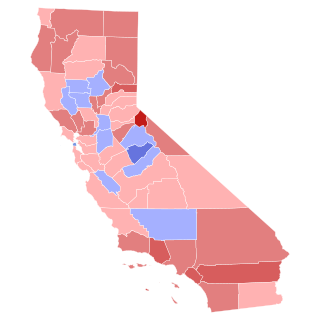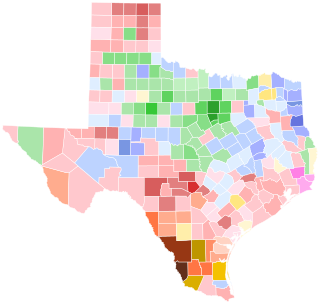The Massachusetts Republican Party (MassGOP) is the Massachusetts branch of the U.S. Republican Party.

The 1920 Minnesota gubernatorial election took place on November 2, 1920. Republican Party of Minnesota candidate J. A. O. Preus defeated Independent challenger's Henrik Shipstead and the Mayor of St. Paul, Laurence C. Hodgson. Shipstead narrowly lost to Preus in the Republican primary of that year and challenged him in the general, beating the Democratic nominee but coming far short of winning the general.

The 1934 Pennsylvania gubernatorial election occurred on November 6, 1934. Incumbent Republican governor Gifford Pinchot was not a candidate for re-election.

The 1916 United States presidential election in New York took place on November 7, 1916. All contemporary 48 states were part of the 1916 United States presidential election. Voters chose 45 electors to the Electoral College, which selected the president and vice president.

The 1920 United States Senate election in Connecticut was held on November 2, 1920.

The 1926 United States Senate election in Illinois took place on November 2, 1926.

The 1920 United States Senate election in California was held on November 6, 1920. Incumbent Democratic Senator James Duval Phelan ran for re-election but was defeated by Republican attorney Samuel Morgan Shortridge.

The 1920 United States Senate election in Oklahoma took place on November 2, 1920. Incumbent Democratic Senator Thomas Gore ran for re-election to a third term. However, he was defeated in the Democratic primary by Congressman Scott Ferris. In the general election, Ferris faced fellow Congressman John W. Harreld, the Republican nominee. Likely helped by Republican presidential nominee Warren G. Harding's victory in Oklahoma over Democratic nominee James M. Cox, Harreld defeated Ferris by a similar margin to Harding's.

The 1920 United States presidential election in Wisconsin was held on November 2, 1920, as part of the 1920 United States presidential election. State voters chose 13 electors to the Electoral College, who voted for president and vice president.

The 1916 United States presidential election in New Hampshire took place on November 7, 1916, as part of the 1916 United States presidential election which was held throughout all contemporary 48 states. Voters chose four representatives, or electors to the Electoral College, who voted for president and vice president.

The 1930 United States Senate election in Minnesota was held on Tuesday November 4, Incumbent Senator Thomas D. Schal defeated Einar Hoidale of the Minnesota Democratic Party and Forner United States Representative Ernest Lundeen of the Farmer–Labor Party of Minnesota to win a second term.

The 1961 United States Senate special election in Texas was held on May 27, 1961. The election was held to replace outgoing Senator Lyndon B. Johnson, who had been elected Vice President of the United States.

The 1920 United States presidential election in Indiana took place on November 2, 1920, as part of the 1920 United States presidential election which was held throughout all contemporary 48 states. Voters chose 15 representatives, or electors to the Electoral College, who voted for president and vice president.

The 1920 United States presidential election in Illinois took place on November 2, 1920, as part of the 1920 United States presidential election. State voters chose 29 representatives, or electors, to the Electoral College, who voted for president and vice president.

The 1946 Tennessee gubernatorial election was held on November 5, 1946. Incumbent Democratic governor Jim Nance McCord defeated Republican nominee William O. Lowe with 65.4% of the vote.

The 1920 Connecticut gubernatorial election was held on November 2, 1920. Republican nominee Everett J. Lake defeated Democratic nominee Rollin U. Tyler with 63.04% of the vote.

The 1920 Utah gubernatorial election was held on November 2, 1920. Republican nominee Charles R. Mabey defeated Democratic nominee Thomas N. Taylor with 57.59% of the vote.

The 1928 Indiana gubernatorial election was held on November 6, 1928. Republican nominee Harry G. Leslie defeated Democratic nominee Frank C. Dailey with 51.25% of the vote.

The 1932 Wisconsin gubernatorial election was held on November 8, 1932. Incumbent Republican Governor Philip La Follette was defeated in the Republican primary, and in the midst of the Great Depression and nationwide voter dissatisfaction with the Republican Party, Democratic nominee Albert G. Schmedeman defeated Republican nominee Walter J. Kohler Sr. and Socialist nominee Frank Metcalfe with 52.48% of the vote. Schmedeman became the first Democrat to win a gubernatorial election in Wisconsin since George Wilbur Peck in 1892. Two years later, in 1934, La Follette would run for governor again and defeated Schmedeman, this time running with the Progressive Party.

The 1904 Wisconsin gubernatorial election was held on November 8, 1904.






















